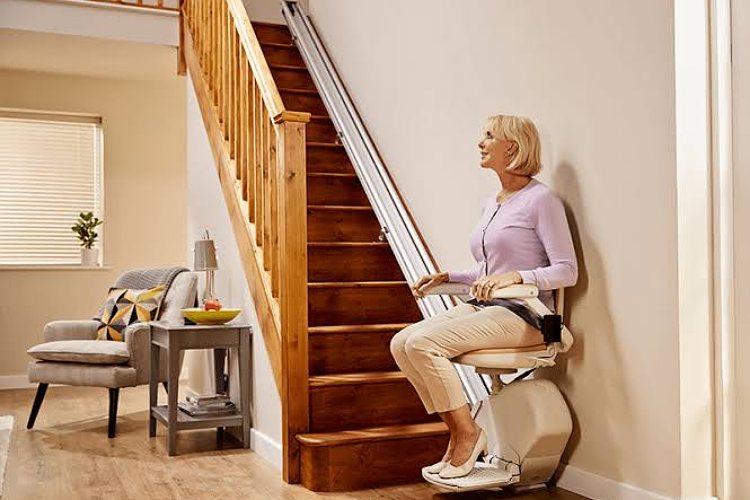 At some point, a stairlift is no longer necessary—maybe because there has been a change in mobility, renovations have occurred, or the house has been sold. Although a stairlift can be an invaluable aid for people with limited mobility, removal can open up space and return the staircase to its original state.
At some point, a stairlift is no longer necessary—maybe because there has been a change in mobility, renovations have occurred, or the house has been sold. Although a stairlift can be an invaluable aid for people with limited mobility, removal can open up space and return the staircase to its original state.
Taking out a stairlift may look straightforward at first glance, but it’s more intricate than most people know. Most stairlifts are firmly attached to the stairs, and the power supply is hardwired to the mains. Trying to remove the unit without the right tools or expertise can cause harm, or even worse, injury.
If you’re thinking of removing your stairlift, it’s worth knowing the proper way to do it—particularly if you wish to retain the state of your property and, where practicable, resell or reuse the equipment.
Why It’s Best to Use a Professional
While it might be enticing to take out a stairlift on your own, it’s seldom advisable. Stairlifts are not light and have electric components that must be handled with care. The primary motor unit is usually the hardest part to safely remove, particularly if it’s a curved stairlift with a bespoke track.
A qualified technician will be aware of how to safely take apart the system, so both the stairlift and your staircase are not destroyed. They’ll also safely disconnect the power, minimizing the chances of electrical injury. Removal will usually be done within a few hours and with little mess or disruption.
If the stairlift remains in good condition, there are companies that will uninstall it free of charge, especially if they are going to recondition or reuse the components. Others might charge a nominal amount, especially for older or curved stairlifts that are more difficult to resell.
What Happens After the Stairlift Is Removed
After your stairlift has been removed, the stair usually remains in its original state, although there could be minor screw holes or slight marks where the track had been secured. These tend to be easily filled or painted over. If carpet or flooring beneath the track has become compressed or worn, you may have to have that area cleaned or replaced, depending on what it looks like.
For the stairlift itself, there are a couple of choices. If the device is fairly new and in good condition, you might be able to sell or give it away. Straight stairlifts are simpler to resell, as tracks can usually be trimmed to fit. Curved models are specially designed for the staircase on which they were originally installed and typically have lower resale value.
Certain manufacturers or mobility retailers also offer buyback or recycling schemes and will organize the removal, collection and proper disposal of parts. This is particularly helpful for older systems which might not now conform to up-to-date safety standards.
Preparing for the Removal Process
Prior to your removal appointment, ensure the surroundings of the stairs are clear for the technician to easily move around. It is also convenient to plan ahead what you want to do with the stairlift—whether you wish to recycle it, give it away, or just clear it out.
Remember that although removal is an easy task for a qualified expert, the state of your staircase can be in need of minor adjustments afterwards. These minor repairs are most often quick and cheap but can go a long way towards maintaining the general appearance of your landing or hallway. Contact Money4Stairlifts for more information.











